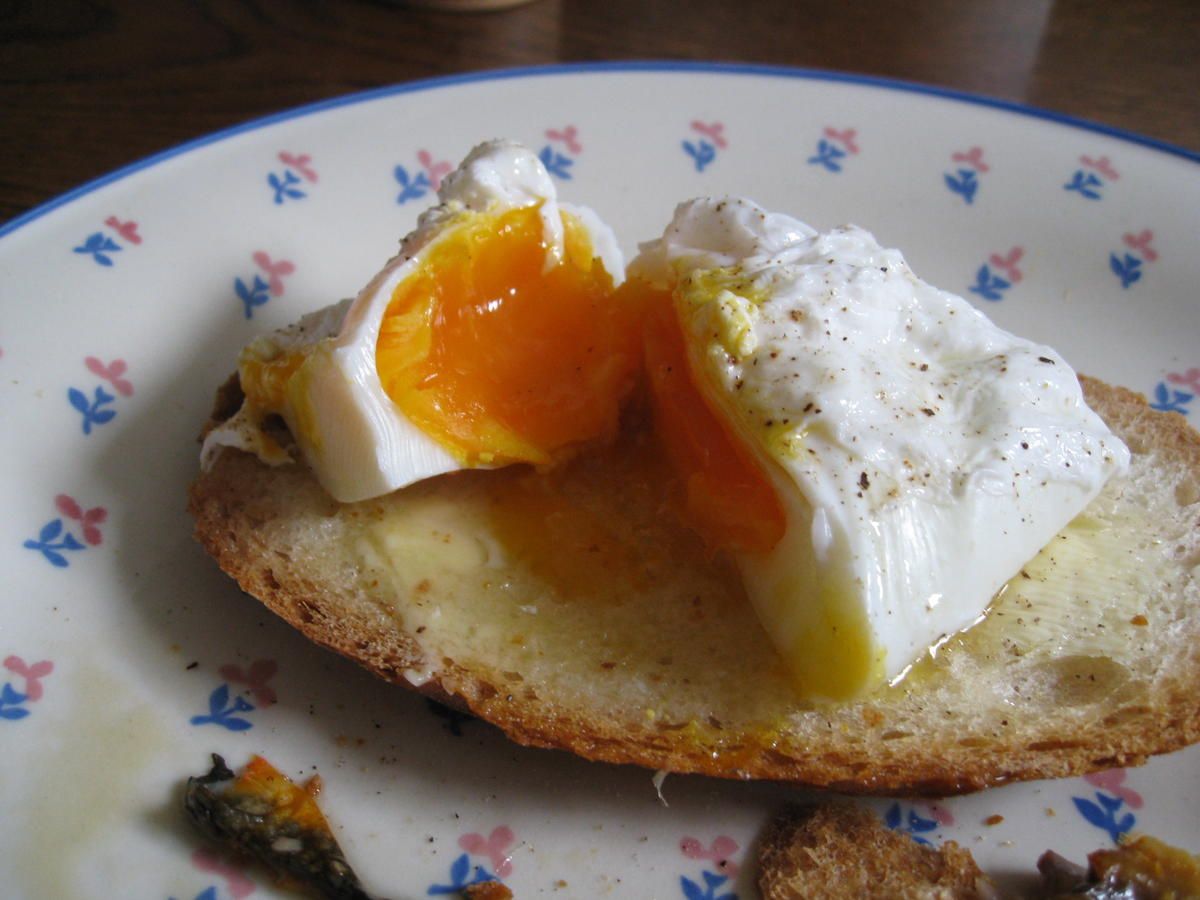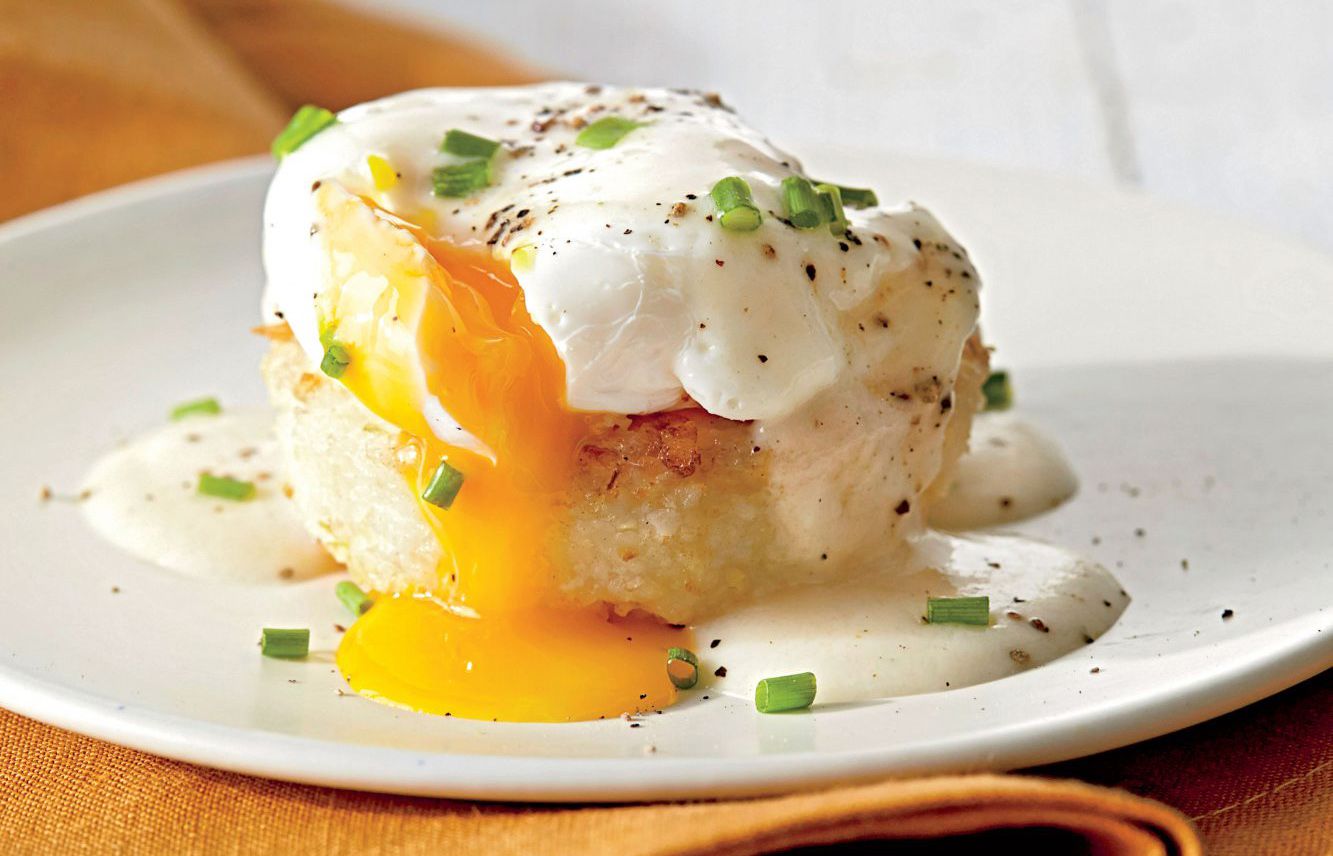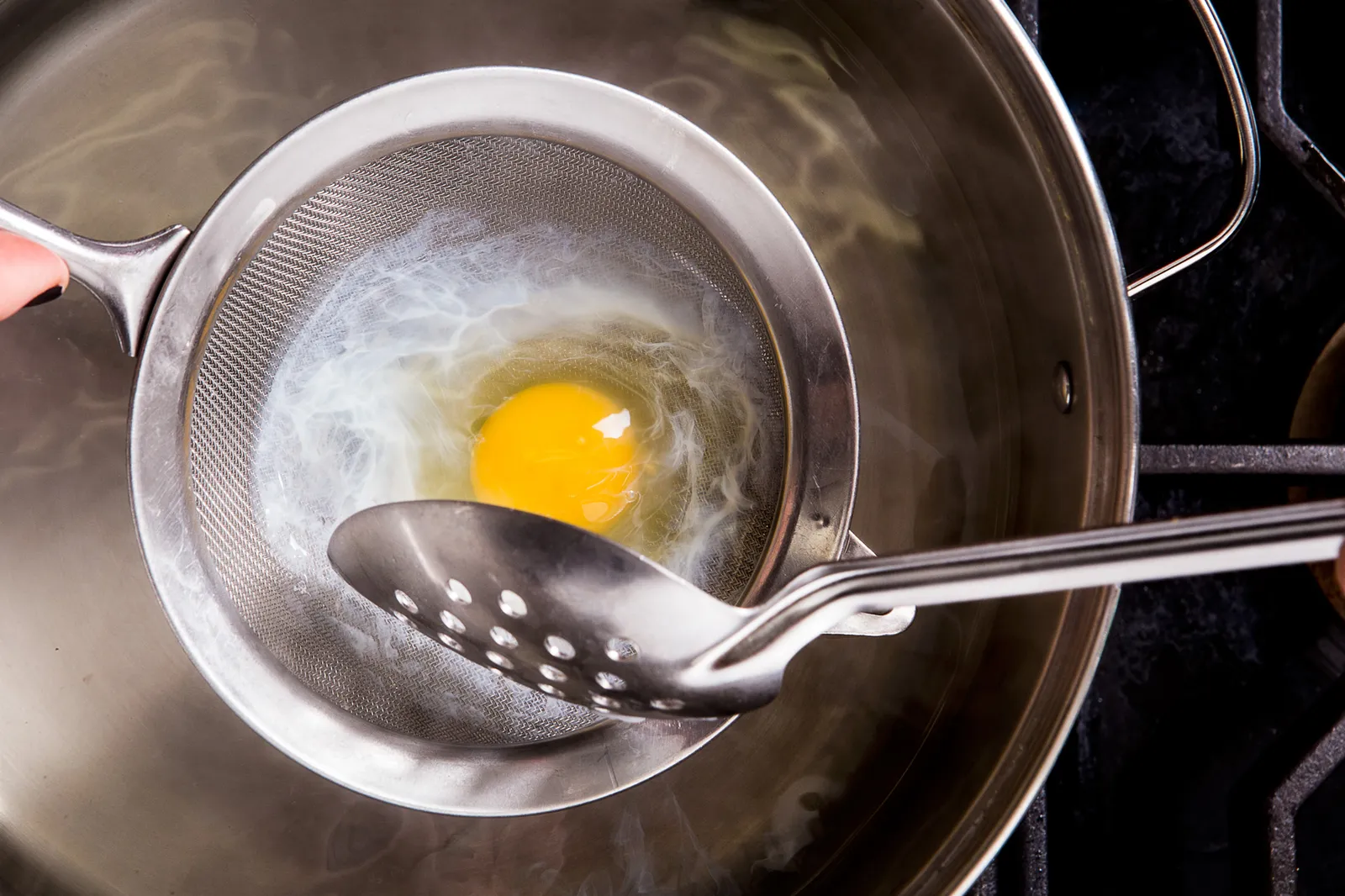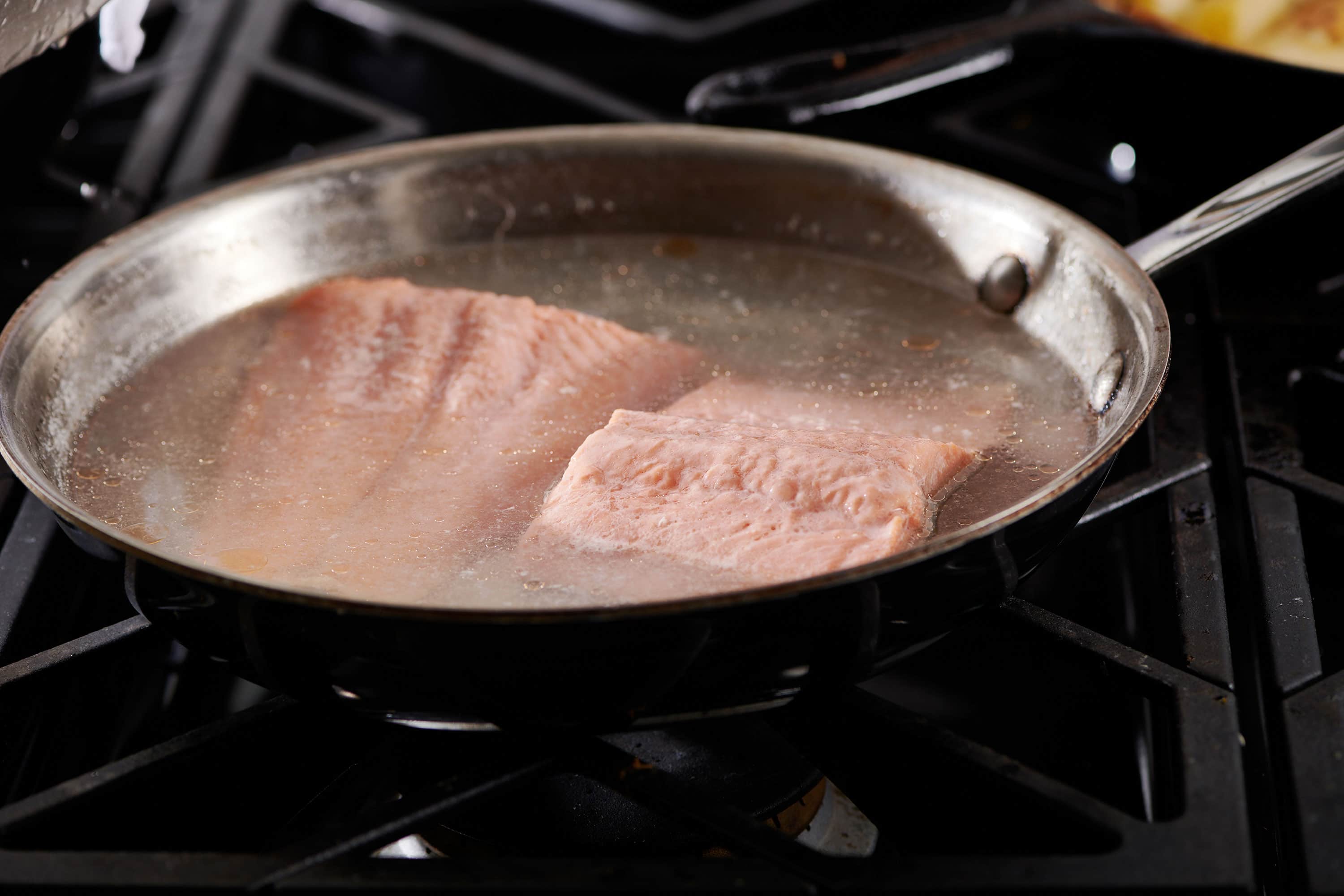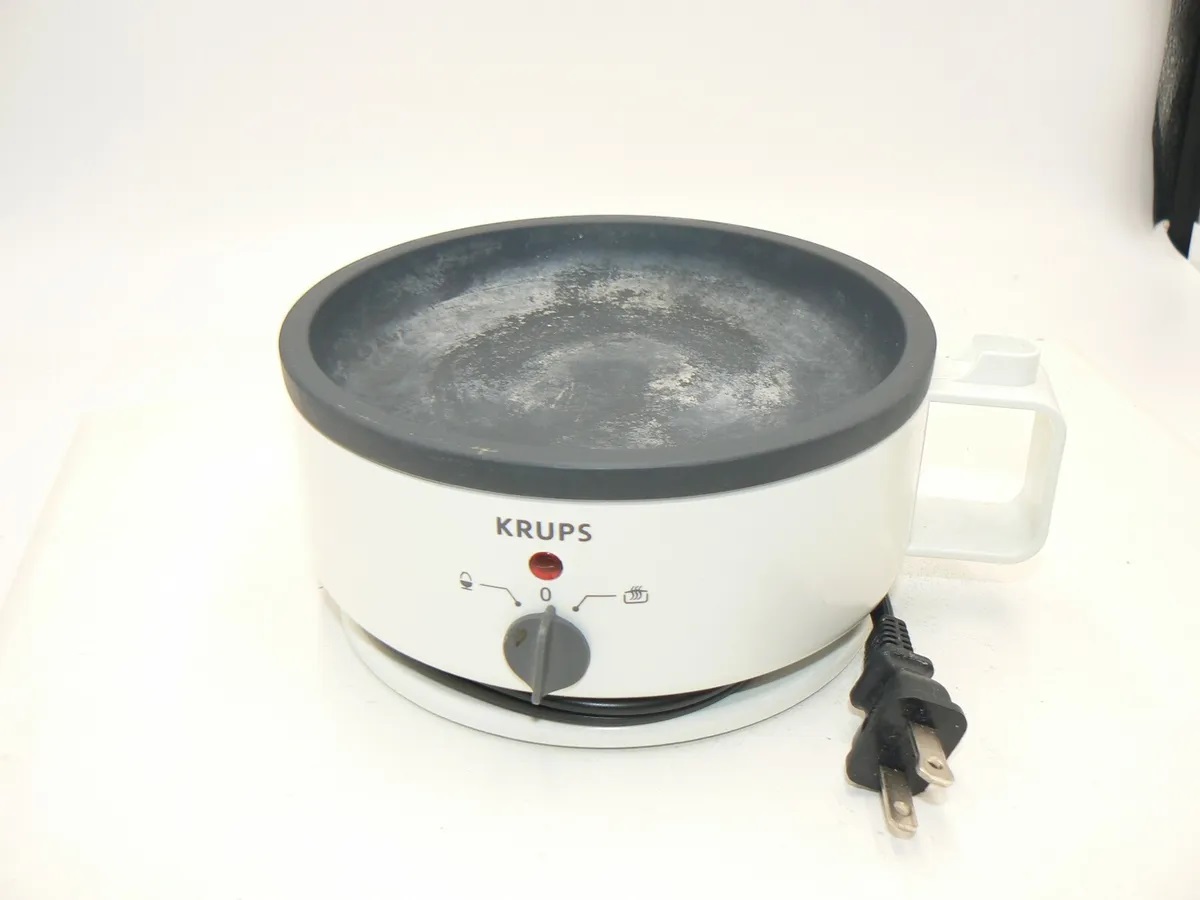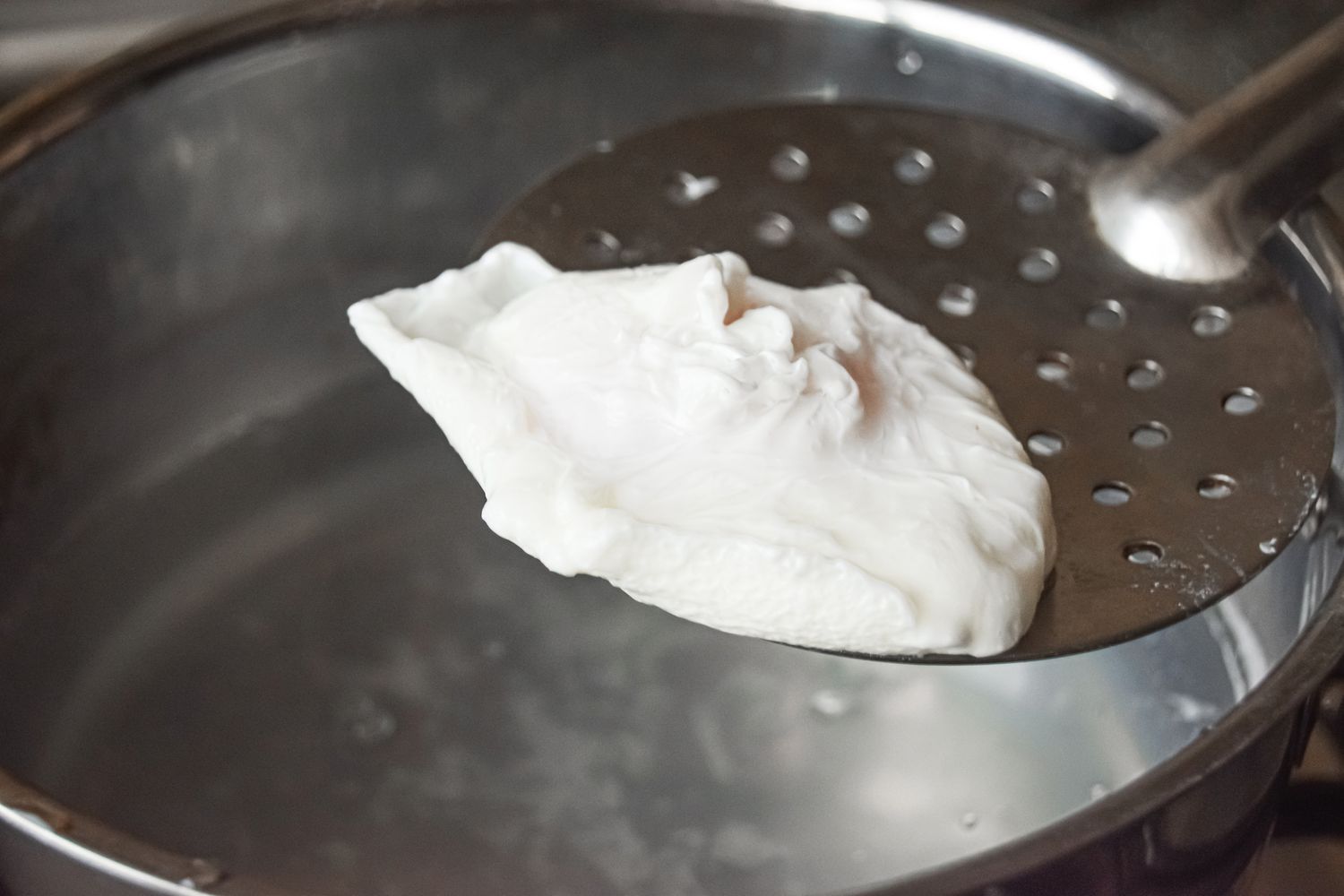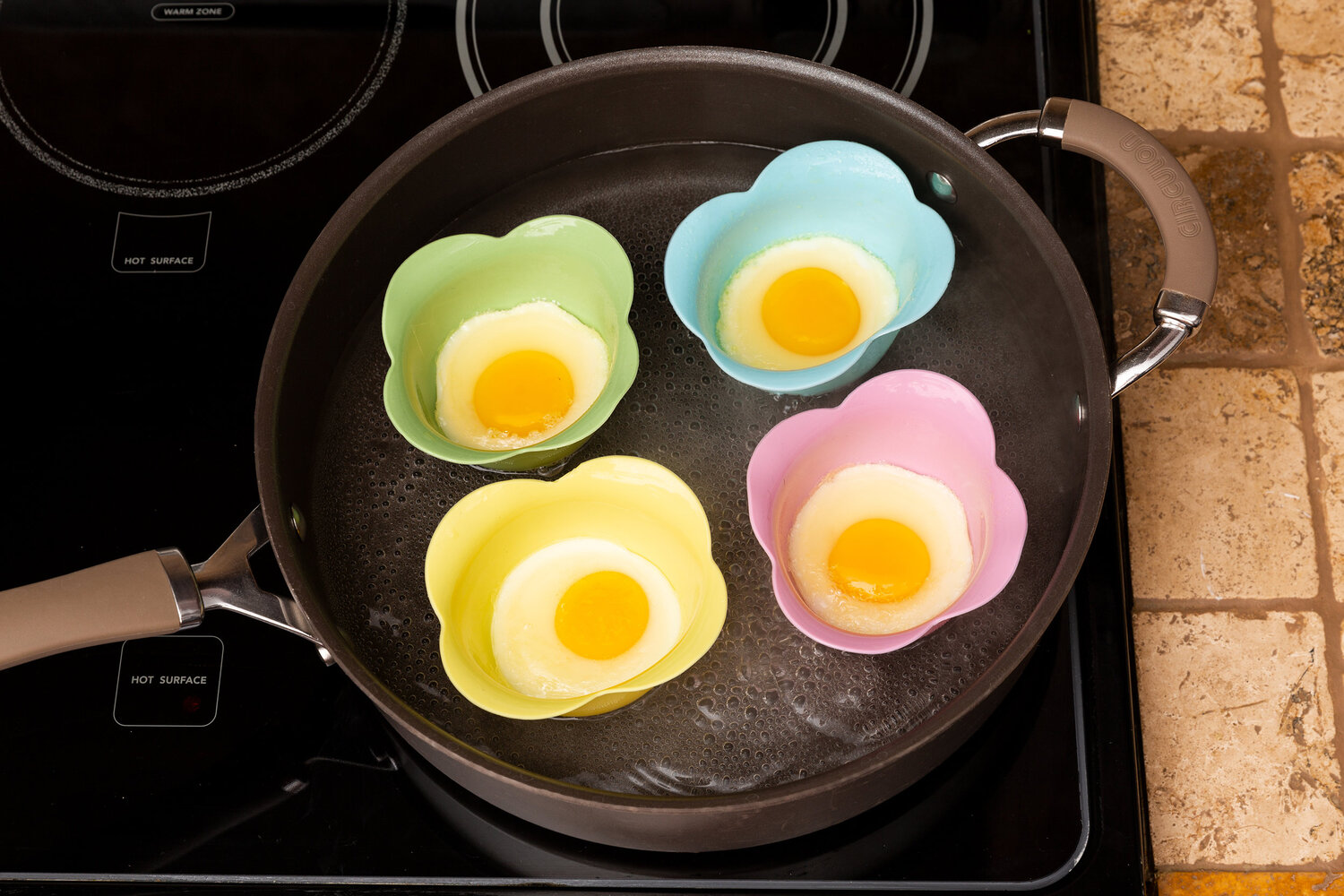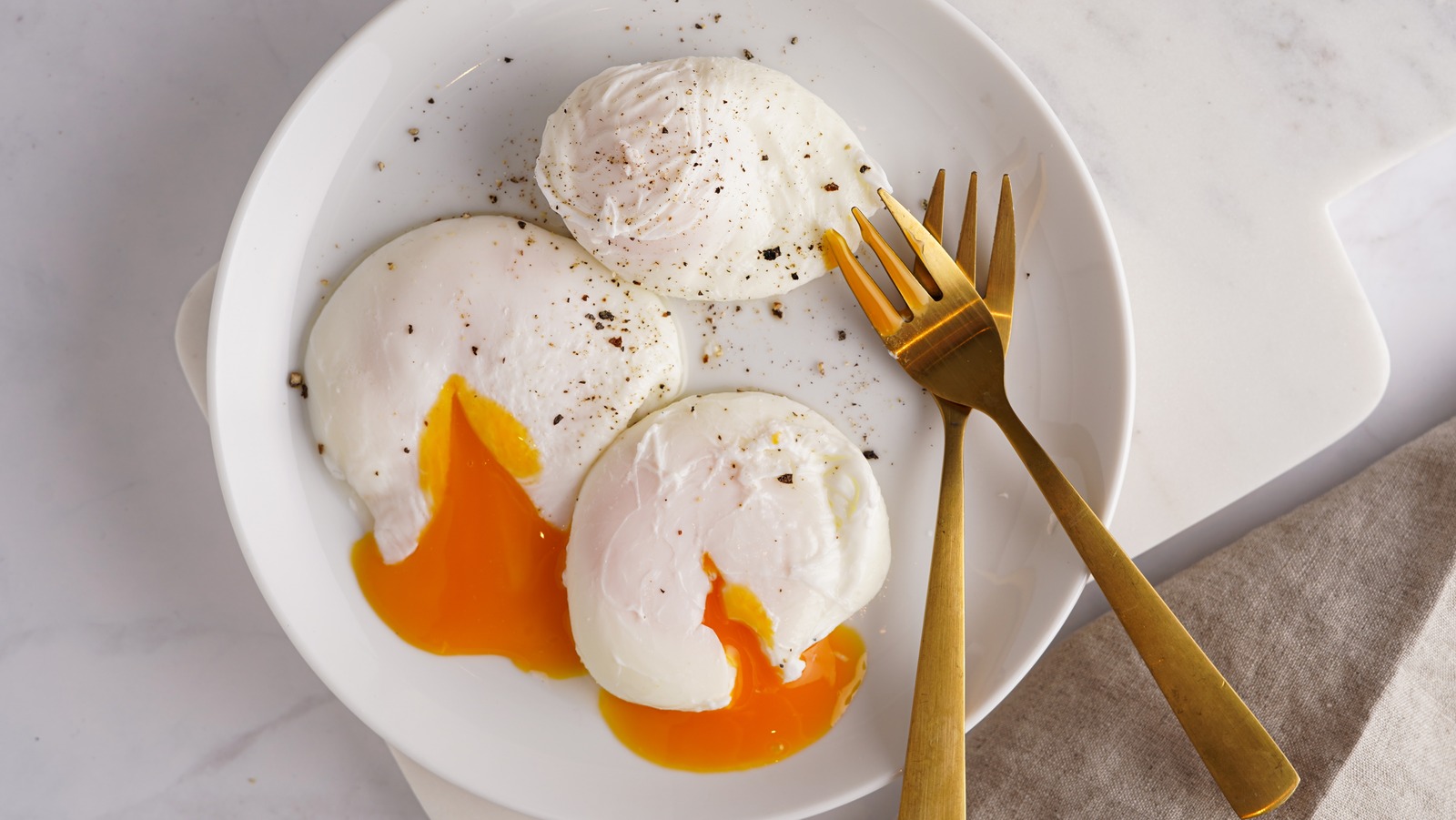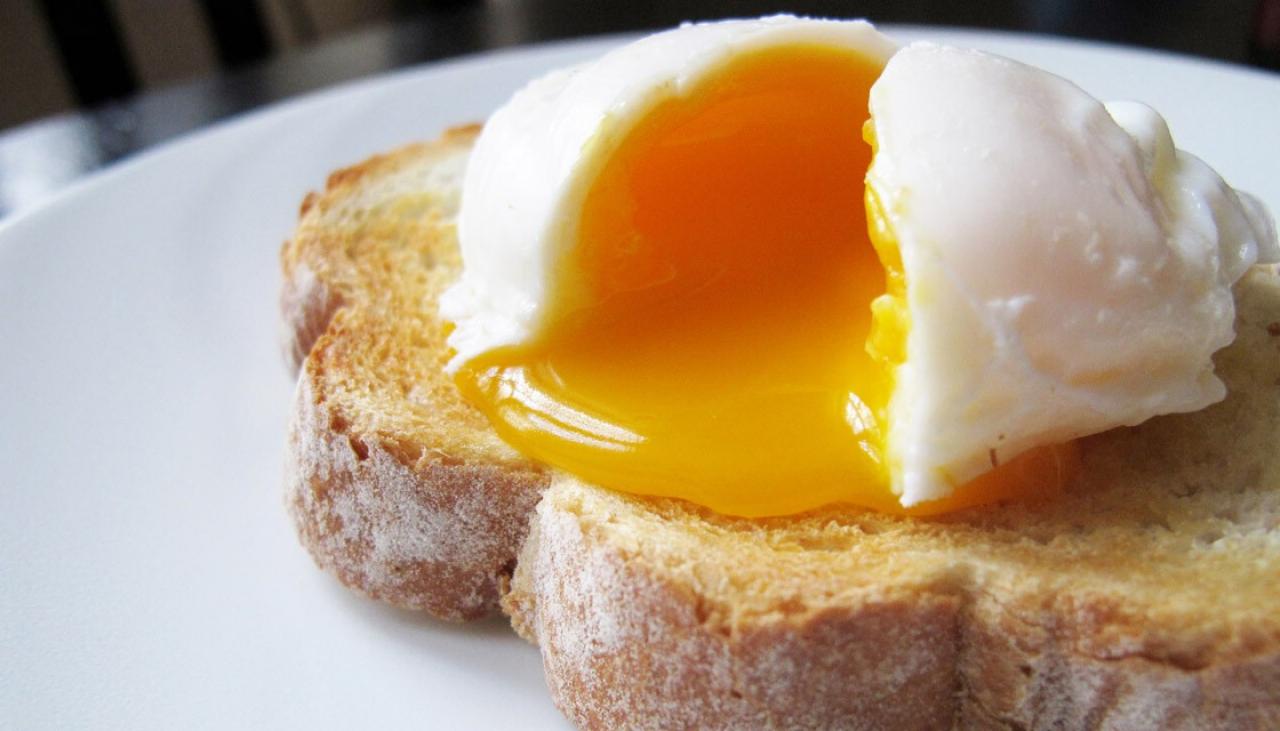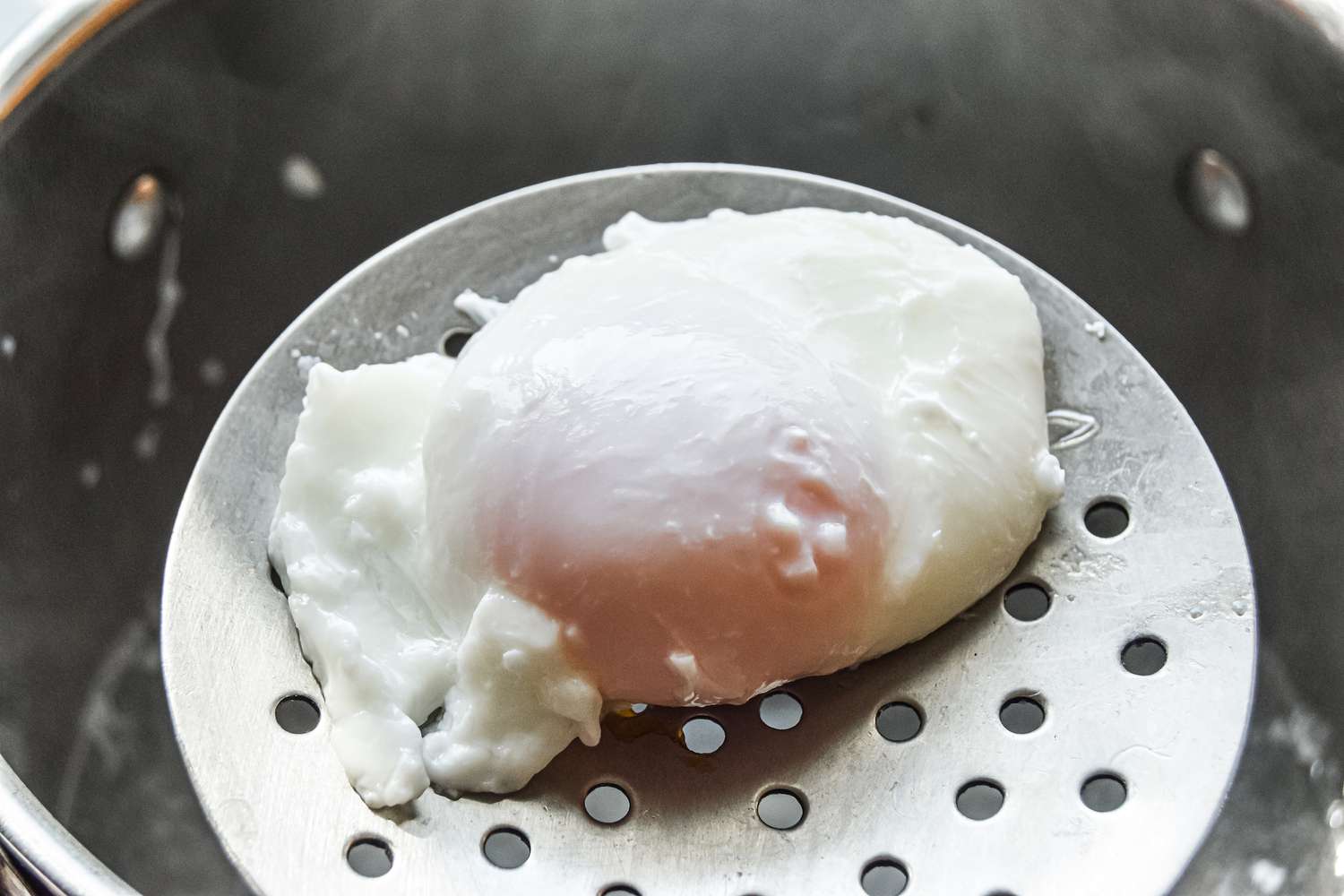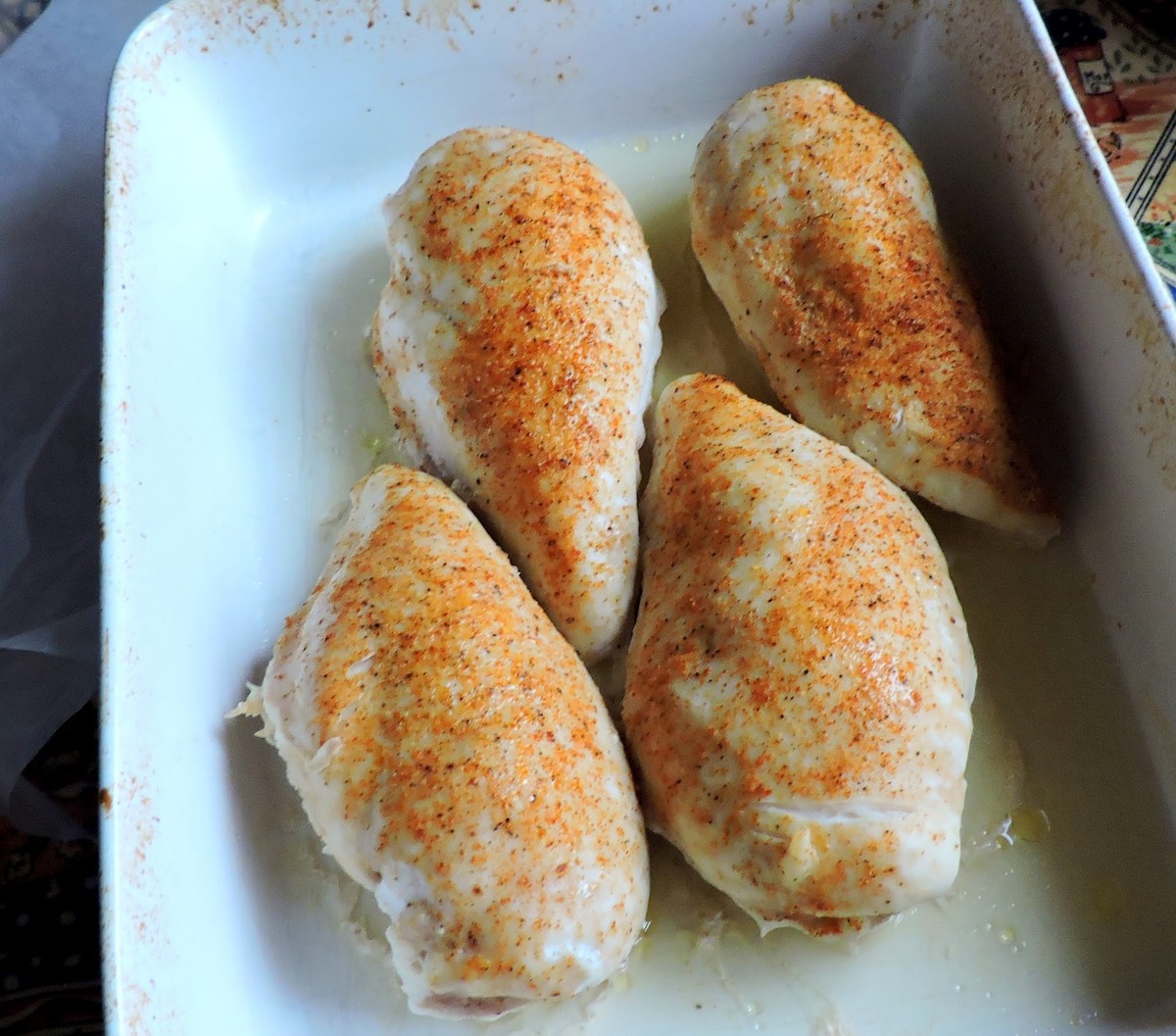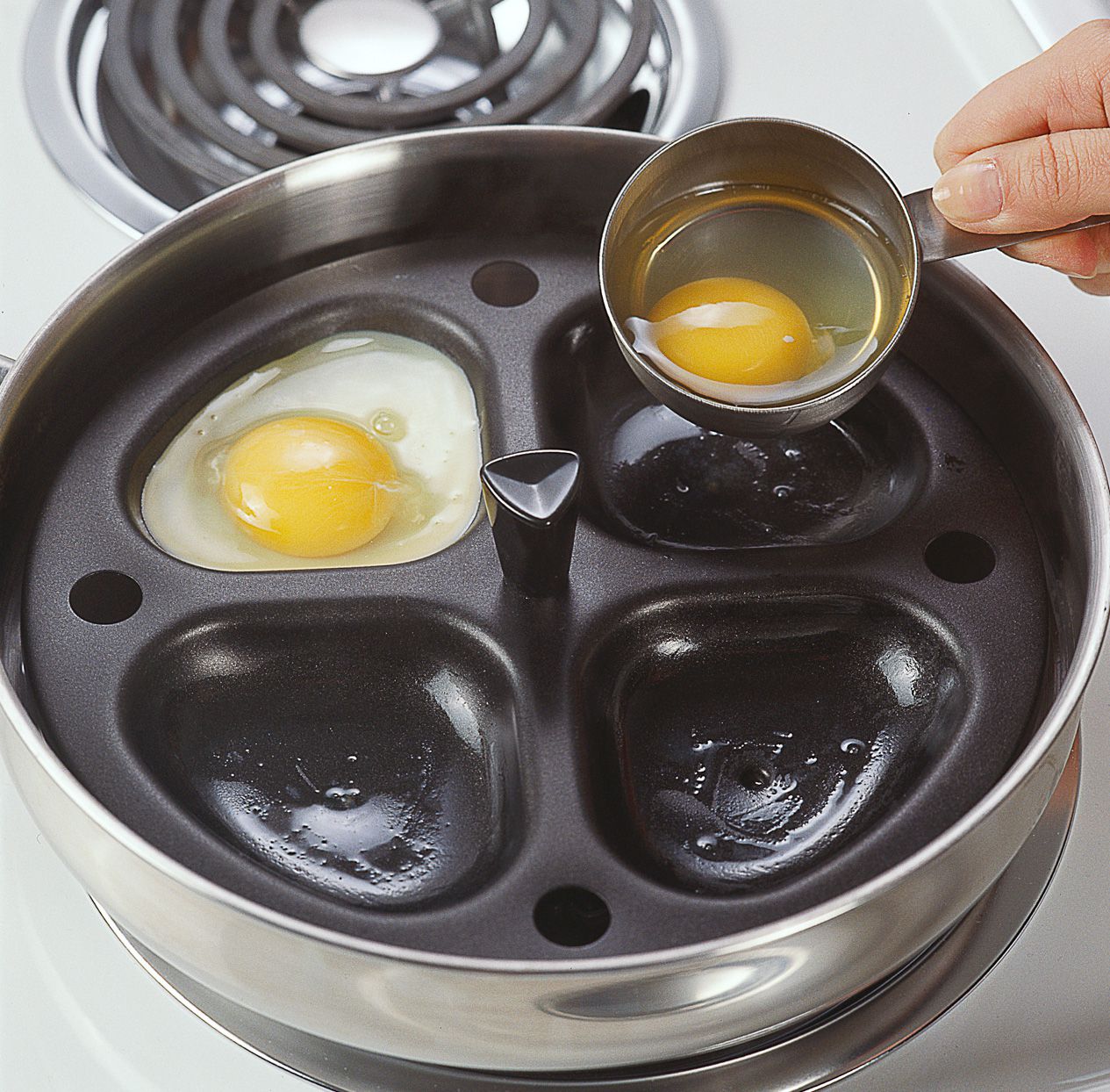How to Poach Baccalà: A Delicious and Easy Recipe
Are you looking for a new way to enjoy baccalà? Poaching is a simple and delicious method that can help you create a flavorful and tender dish. Whether you’re a seasoned chef or a beginner in the kitchen, poaching baccalà is a great way to impress your family and friends with your culinary skills. In this article, we’ll walk you through the step-by-step process of poaching baccalà, so you can enjoy this classic dish in the comfort of your own home.
What You’ll Need
Before you get started, make sure you have all the necessary ingredients and equipment on hand. Here’s what you’ll need:
- 1 pound of baccalà (salted cod)
- Water
- White wine
- Garlic cloves
- Bay leaves
- Black peppercorns
- Extra virgin olive oil
- Fresh parsley
- Lemon wedges for serving
Step 1: Soak the Baccalà
The first step in poaching baccalà is to soak it to remove the excess salt. Place the baccalà in a large bowl and cover it with cold water. Let it soak for 24-48 hours, changing the water every 8 hours. This will help rehydrate the fish and remove the saltiness.
Step 2: Poaching the Baccalà
Once the baccalà has been soaked, it’s time to poach it. In a large pot, combine water, white wine, garlic cloves, bay leaves, and black peppercorns. Bring the liquid to a gentle simmer over medium heat. Carefully add the baccalà to the pot, making sure it is fully submerged in the liquid. Let the baccalà poach for about 15-20 minutes, or until it is tender and flakes easily with a fork.
Step 3: Finishing Touches
Once the baccalà is cooked, carefully remove it from the poaching liquid and transfer it to a serving platter. Drizzle the baccalà with extra virgin olive oil and garnish with freshly chopped parsley. Serve the poached baccalà with lemon wedges on the side for a burst of citrus flavor.
Enjoy Your Poached Baccalà
Now that you know how to poach baccalà, you can enjoy this classic dish with confidence. Whether you serve it as an appetizer, main course, or part of a seafood feast, poached baccalà is sure to impress your guests. So, roll up your sleeves, gather your ingredients, and get ready to create a delicious and memorable meal with this simple poaching technique.
Remember, practice makes perfect, so don’t be discouraged if your first attempt isn’t flawless. With a little patience and some trial and error, you’ll soon be poaching baccalà like a pro. Happy cooking!
